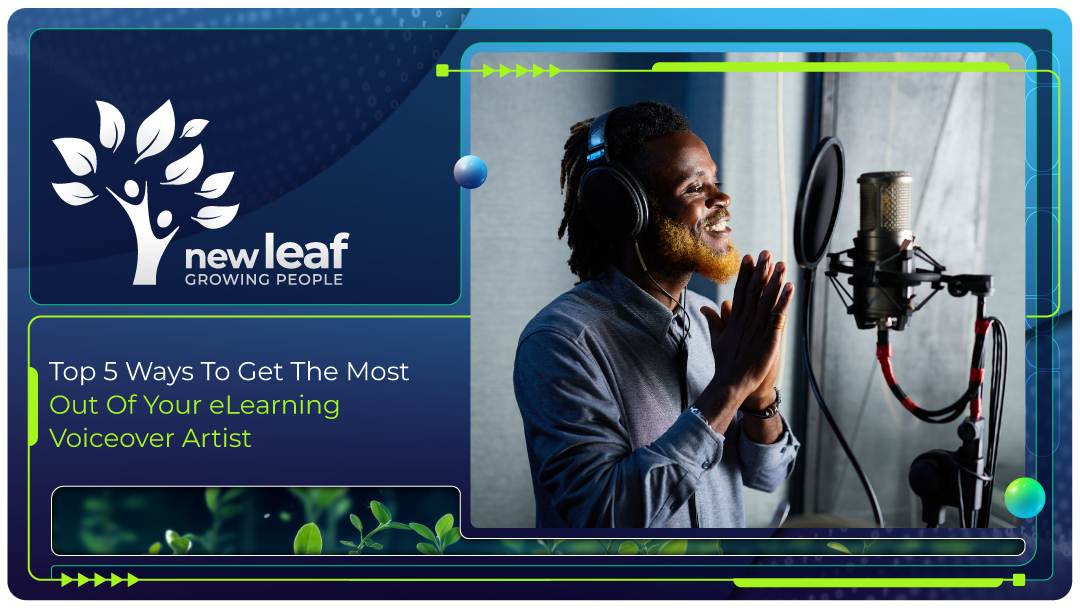
eLearning Voiceover Artist: How Can We Get The Most Out Of It?
This is a common issue Instructional Designers face in the burgeoning digital learning industry. As the market hits $325 billion by 2025, as Global Industry Analytics quoted in Forbes, and with the rise of Subscription Video On Demand (SVOD) like Netflix, you will have to become an audio director, in addition to all the other skills that Instructional Design requires if you want your eLearning project to stand out and be noticed by both client and learner. Read on for the 10 best ways to get the most out of your voiceover artist.
1. Emotion
Events are usually only remembered when connected to an emotional experience. So, if you want the learning module to impact the learner and linger in their mind and body long after it has been listened to, make sure you communicate what emotional journey the words are taking the audience on. Even if it is complex language about a product that the learner must operate, the text of that learning module must take the learner on a journey.
Once the voiceover knows the emotional journey, or through the line, everything else tends to fall into place.
Consider also giving some verbs as yardsticks for the delivery. The aim of the piece is to excite, cheer, embolden, energize, etc, a methodology often used in commercial and radio voiceover to target the effect of each sentence.
2. Smile More
Depending on the aim of the piece, ask your voiceover to smile more. Why? So long as the feeling is genuine, people like and trust people who radiate warmth and fun. This can be heard in the voice, too. There is a marked difference between delivering a read with and without a smile. Ask the voiceover to continuously smile throughout the delivery. Magic will happen, as long as it fits with the overall objective of the learning module.
3. Wolverine
Yes, that’s right X-men and women. Why is that in this list? Because it may be a reference point that comes to your mind after the client call for how you both want the voiceover to be recorded, in order to satisfy point 1 above, the tone and feel of the piece.
There is nothing new under the sun, so use anything and everything to help the voiceover artist to give the vocal delivery that is in the mind of your client. References can include anything from other well-known people, content pieces, works of art, characters in animation, gaming or film and TV. What other forms of art best evoke the mood that we are all trying to create together? That will then infuse itself into the subconscious of the voiceover artist, whose vocal folds and voice will then create. What a magical process!
4. Remote Direction
Unless you have a long-standing relationship with your artist and trust them to deliver every time, in which case you can have 1 minute all to yourself right now while everyone reads the rest, make sure your artist can enable remote direction. What does this mean?
The rapid pace of technology has enabled the set up of broadcast quality studios for next to nothing. This means that from the comfort of your office or home, you can listen in to the voiceover artist’s studio and direct them in the session, usually at no cost to you. Some of the main players in this space: Source Connect, Skype, ipDTL, BodagoCall. Most voiceovers know them and use them regularly. The price of not working this way, more time and energy spent back and forth and ultimately more money lost in the voiceover process.
With the, sometimes, large volumes of words being spoken in eLearning, it would be advised to listen in for the first session and use that as a sign off for getting the right tone and style, that the voiceover can then carry on with for the many sessions to come. As my grandmother said, “start right so that you can end well”.




